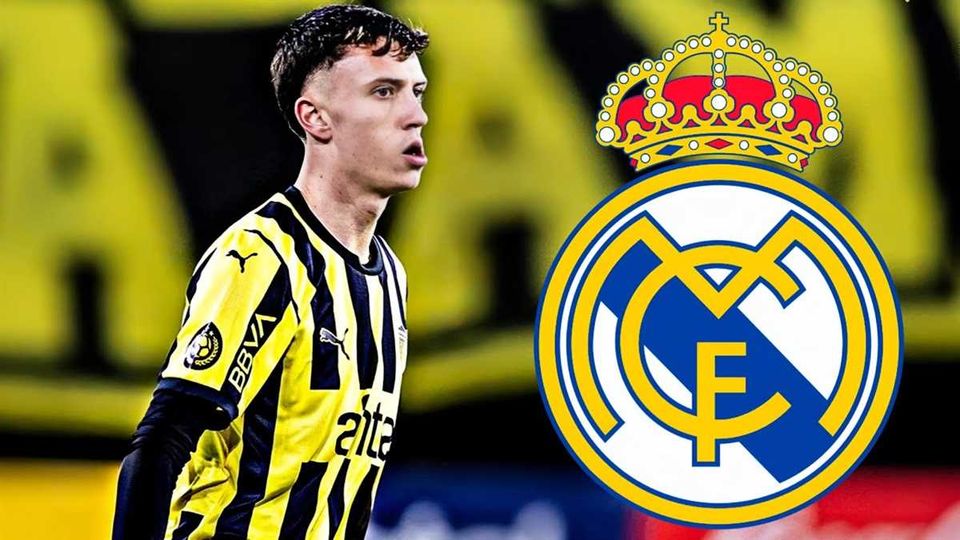In the dynamic world of football, certain figures leave an indelible mark, shaping the game with their vision and passion. Their influence extends far beyond the field, inspiring fans and players alike. These individuals build lasting empires that continue to thrive, long after their initial contributions.
One such individual’s career spans years of dedication to the sport, driven by a deep understanding of the game. Their leadership has brought together talented athletes and built strong foundations for their future successes, setting a high standard in the competitive landscape.
This legacy is not only about victory or trophies, but also about creating a community rooted in perseverance, teamwork, and continuous improvement. With every season, new heights are reached, and the narrative continues to evolve, cementing a lasting heritage in football history.
Leadership in Sports Organizations
Effective leadership is at the heart of any successful sporting organization. It demands strategic vision, the ability to inspire both players and staff, and an understanding of the game that goes beyond tactics. The role of a leader in this sphere requires balancing multiple responsibilities, from managing resources to cultivating a winning mentality among all stakeholders.
Adaptability is key in these dynamic environments. Leaders must make quick, yet calculated decisions to navigate the challenges that arise both on and off the field. Their influence shapes not only the direction of the team but also the culture within the organization, creating an atmosphere of excellence and continuous improvement.
Key Moments in His Career
Throughout the years, certain milestones have defined his journey on the field. These moments not only marked pivotal transitions but also reflected the evolution of his playing style and contribution to the sport.
- First significant performance during a major tournament, where his abilities gained widespread recognition.
- Memorable debut season with a new squad that showcased his potential to dominate at a higher level of competition.
- Key contribution to a critical victory, turning the tide in a high-stakes match.
- Participation in a renowned international event, earning respect for both skill and sportsmanship.
- Remarkable comeback after an injury, proving resilience and dedication to the game.
How He Transformed His Organizations

Through a blend of strategic insight and leadership, he implemented significant changes that redefined the structure and performance of the organizations under his guidance. His ability to read the game, make timely adjustments, and foster unity on and off the field set a new standard for excellence.
One of the critical aspects of his approach was attention to detail and adaptability. By focusing on both individual development and collective strength, he managed to raise the overall standard. Below is a summary of key elements in his transformation strategy:
| Key Focus | Outcome |
|---|---|
| Tactical Innovation | Increased flexibility and unpredictability in play |
| Leadership Development | Empowered players to take on leadership roles |
| Teamwork Emphasis | Strengthened communication and collaboration |
| Analytical Approach | Enhanced decision-making and performance |
Strategic Vision: A Modern Approach to the Game
The ability to shape a game plan and foster a winning mentality requires not only a deep understanding of the sport but also the capacity to anticipate future trends and challenges. A thoughtful strategy emphasizes long-term development over short-term victories, balancing tactical prowess with adaptability.
Key to this philosophy is building a cohesive unit capable of both innovation and disciplined execution. The approach relies on enhancing the strengths of individuals while fostering collective goals. A forward-thinking attitude also ensures that teams can evolve in response to an ever-changing landscape.
Emphasis is placed on consistency, resilience, and maintaining high standards both on and off the field, ensuring sustainable success through calculated decision-making. This progressive outlook keeps performance levels high, with a clear focus on continued growth and competitiveness.
Building Strong Collectives in Sports Leadership
The process of cultivating a group that works cohesively in a competitive environment requires strategic planning, a clear vision, and a focus on unity. It is essential for any organization to prioritize the harmony and balance within the unit to achieve long-term success.
Key to this approach is understanding the dynamics between individuals and how to harness their strengths. The emphasis lies on creating an environment where collaboration is second nature, and every member feels valued.
| Focus Area | Approach |
|---|---|
| Communication | Ensuring open channels for discussion, feedback, and idea exchange |
| Discipline | Maintaining structure and consistency in efforts, both on and off the field |
| Development | Investing in continuous improvement and personal growth |
Challenges Faced by Ramon’s Teams
Managing a group of players in the competitive world of sports presents a myriad of difficulties. Each squad encounters unique hurdles that test their resilience and adaptability. From balancing team dynamics to navigating financial constraints, these obstacles are integral to understanding the broader landscape of team management.
One significant issue is maintaining cohesion among players with diverse backgrounds and playing styles. Ensuring that all members work towards a unified goal requires effective communication and strategic planning. Additionally, financial management poses a challenge, as teams must operate within budgets while striving to attract and retain top talent.
Injuries and player fitness also represent critical concerns. Teams must implement rigorous training programs and recovery protocols to minimize the impact of injuries. Moreover, adapting to the evolving strategies of opponents demands constant tactical adjustments and innovation.
Overall, the complexities of managing a team extend beyond the field, involving a blend of interpersonal skills, financial acumen, and strategic foresight to achieve success.
Future Prospects for the Legacy
As the current generation of footballers make their mark, the anticipation grows around what lies ahead for the enduring impact of their predecessors. With a storied past and numerous achievements, the question arises about how the legacy of these influential figures will continue to shape the sport’s future. The evolution of the game and emerging talents hint at an ongoing influence that promises to inspire and innovate.
Looking ahead, the prospects for maintaining this impactful legacy seem promising. The foundation laid by past successes serves as a beacon for new generations, ensuring that the lessons and accomplishments are not only remembered but also integrated into contemporary practices. The rise of innovative strategies and the introduction of fresh talent offer an exciting glimpse into how this rich heritage will continue to evolve.
Continued success will likely be driven by the interplay of historical significance and modern advancements. As the sport progresses, the enduring values and contributions of these legendary figures will remain a cornerstone of football’s ongoing narrative, setting the stage for future triumphs and developments.




